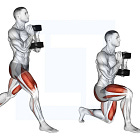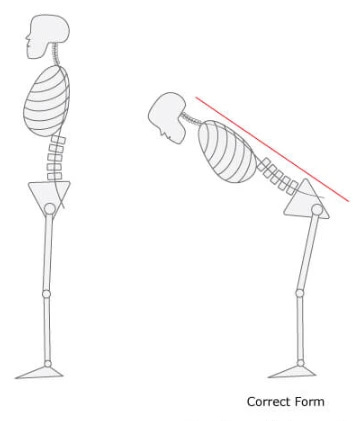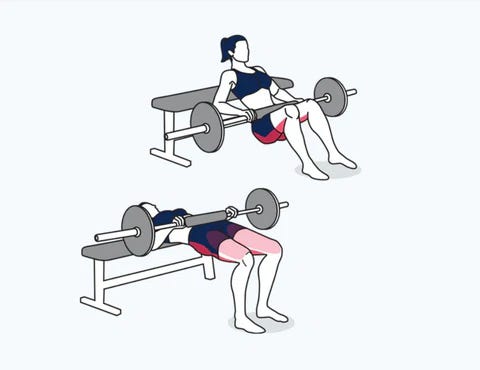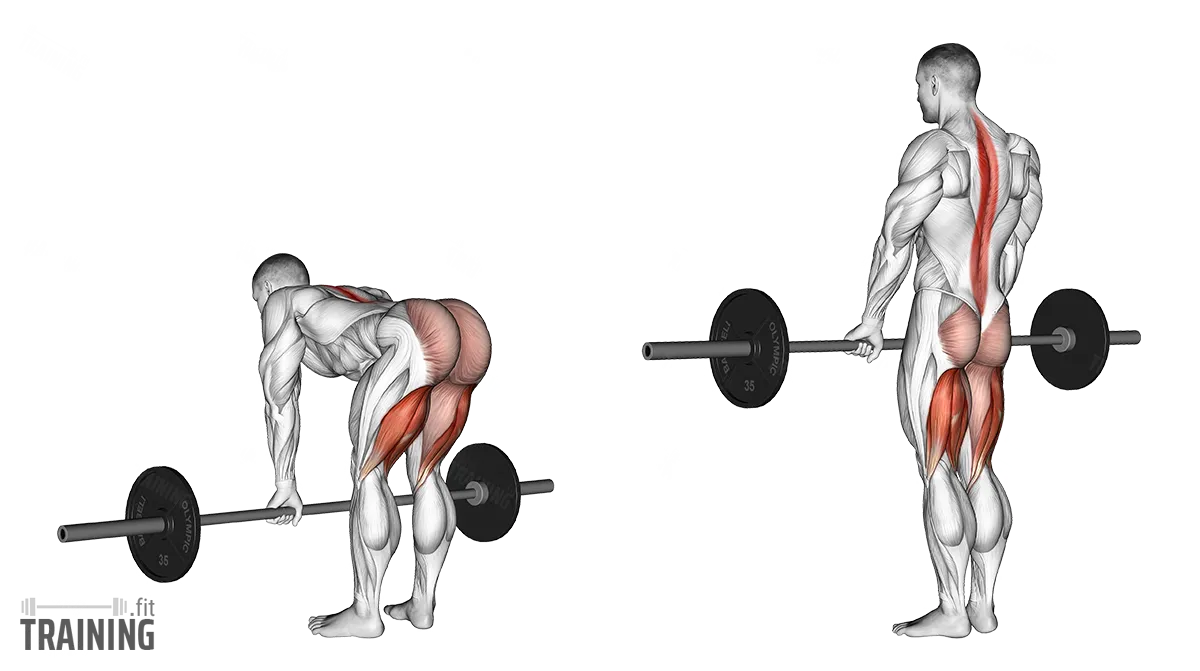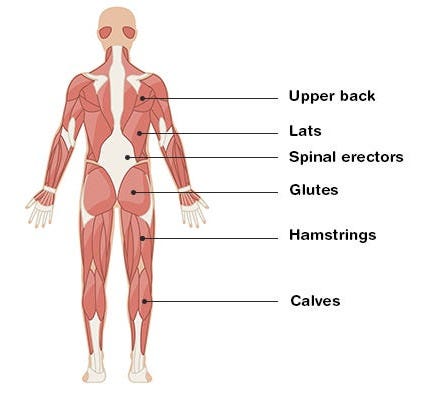Welcome back to Exercise Essentials, this week we are talking about:
Hinging, what it is, some variations (like the Harop Curl), and the muscles involved (hint, it’s the ones you can’t see in the mirror).
Touching Base:
ICYMI: Last week we covered split and single-leg exercises, check it out here:
Push for Better: I have completed 1,376 push ups, out of the 3,214 target for the push up challenge. Follow this link if you would like to donate :)
High Quality Creatine: Lack of sleep or want to crack that squat PB? Creatine can boost your cognitive and physical performance, get 5% off your next order from Wonder Foods Australia.
Upgrade to Paid: If you enjoy these articles and want to support the work that goes into them, just click the button below:
What is a Hinge?
Hinging is a bit of a strange movement pattern. Unlike squats, where people can have slightly different solutions to achieve the same movement, hinging has very set guidelines on how to do the movement. And that’s because, unlike a squat, when you hinge, you are focused on moving one specific joint:
Your hips.
Like the images above show, hinging movements can be done standing or lying.
The movement is about flexing and extending at the hip joint, which gives more choice on what type of hinging exercise you want to do.
My Favourite Hinges
First up has to be this classic:
The Romanian Deadlift.
This has to be my go to hinge exercise.
As a movement, they are such a great way to strengthen your posterior chain, and you might get some added benefit of improving your grip strength as well.
They can be difficult to learn, especially if the person you are teaching lacks the ability to discern between spinal flexion and hip flexion, but you can master it fairly quickly.
There can also be the deadlift hurdle to get over. Some people hear the term deadlift and assume that you are trying to injure their back.
Deadlifts don’t ruin your back, I’ve broken this down before.
Barbell Hip Thrusts.
Last week we spoke about one of my favourite single-leg exercises, the Single-Leg Elevate Hip Thrust.
This week, it is the Barbell Hip Thrust we are talking about (see image above).
I’ve come back around to these as an exercise recently.
Previously, I found them to be a pain in the arse to setup (they still are) and the group I was programming them for had a tendency to load them inappropriately.
When done properly though, they provide a great way to get targeted, heavy strength work into the posterior chain muscles. And they don’t come with the same stigma that deadlifts carry.
Harop Curls.
These are another hinge exercise that I’ve had some fun with recently.
These are a fun change up to how we typically load the posterior chain muscles, rather than standing or lying down, we are kneeling with our feet locked in place by a machine or our training partner. They also don’t require much external load (if any) to prove quite a challenge.
The Muscles Involved.
Through this post, you would have read the term posterior chain multiple times.
The posterior chain are all the muscles that run up the back of your body, these are the muscles that we can’t see in the mirror, but are very important for having a strong body.
Here’s a list starting from the ground up:
Calf muscles - medial & lateral gastrocnemius and the soleus
Hamstrings - semimembranosus, semitendinosis, biceps femoris long head
Gluteals - gluteus maximus and medius
Erector Spinae - longissimus, iliocostalis, spinalis
Upper back - trapezius, rhomboids, latissimus dors
The primary driver of hinge movements will be the Hamstrings & Gluteals.
Other muscles of the posterior chain will help to stabilise the knee joint (calves) or maintain the correct pattern while you hold on to the weight you are lifting (erector spinae and upper back muscles).
That’s all for this week.
I hope you enjoyed learning about the hinge movement and add some into your exercise routine if they aren’t there already.
Next week we are getting started on every teenage boys favourite type of movement… The Upper Body Push.
Chat soon,
Jono


